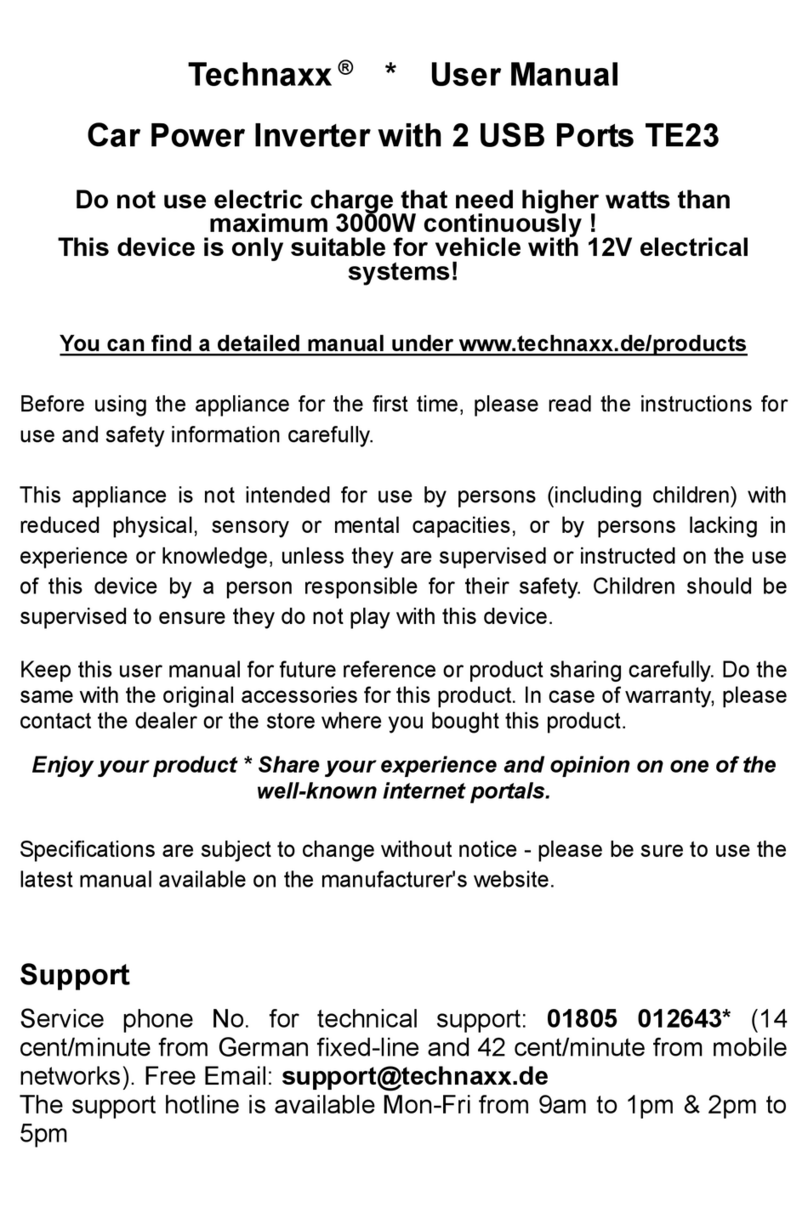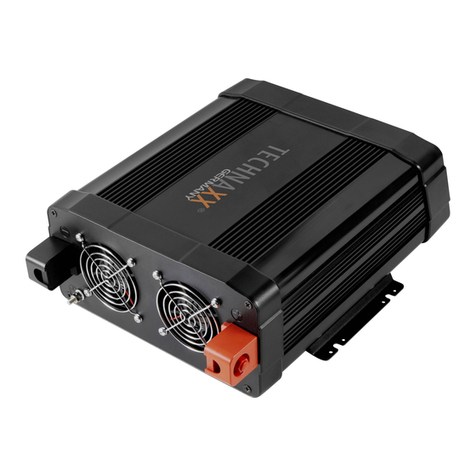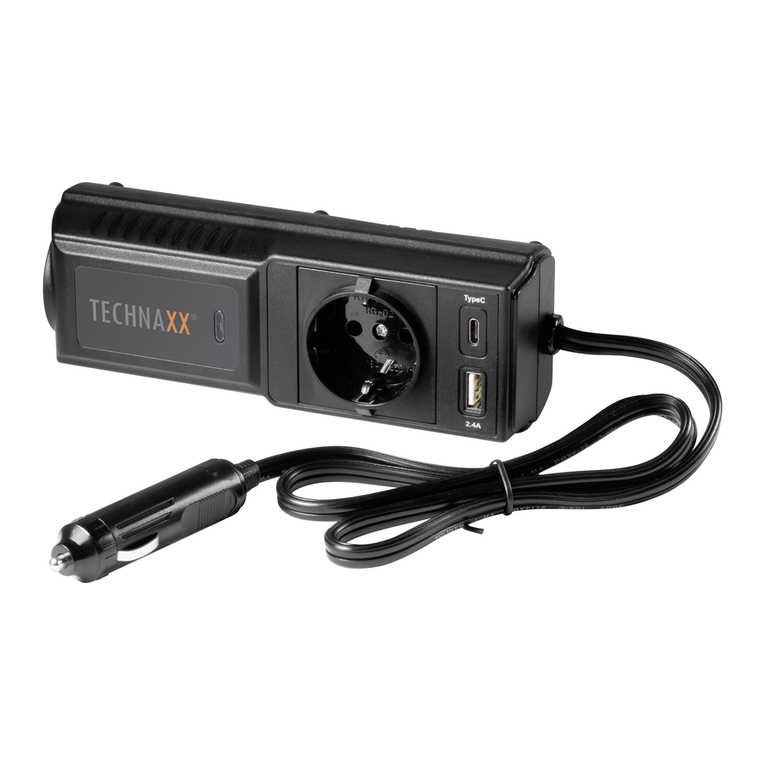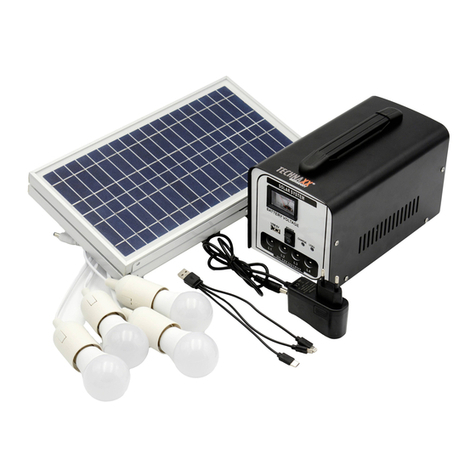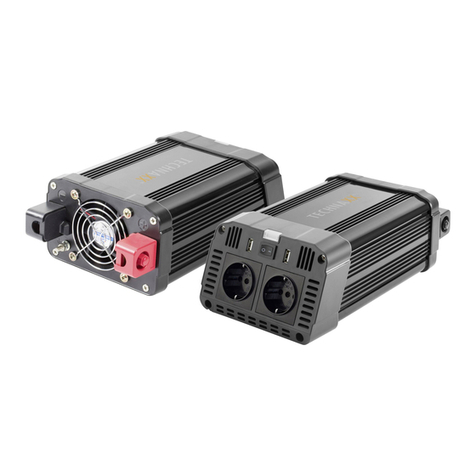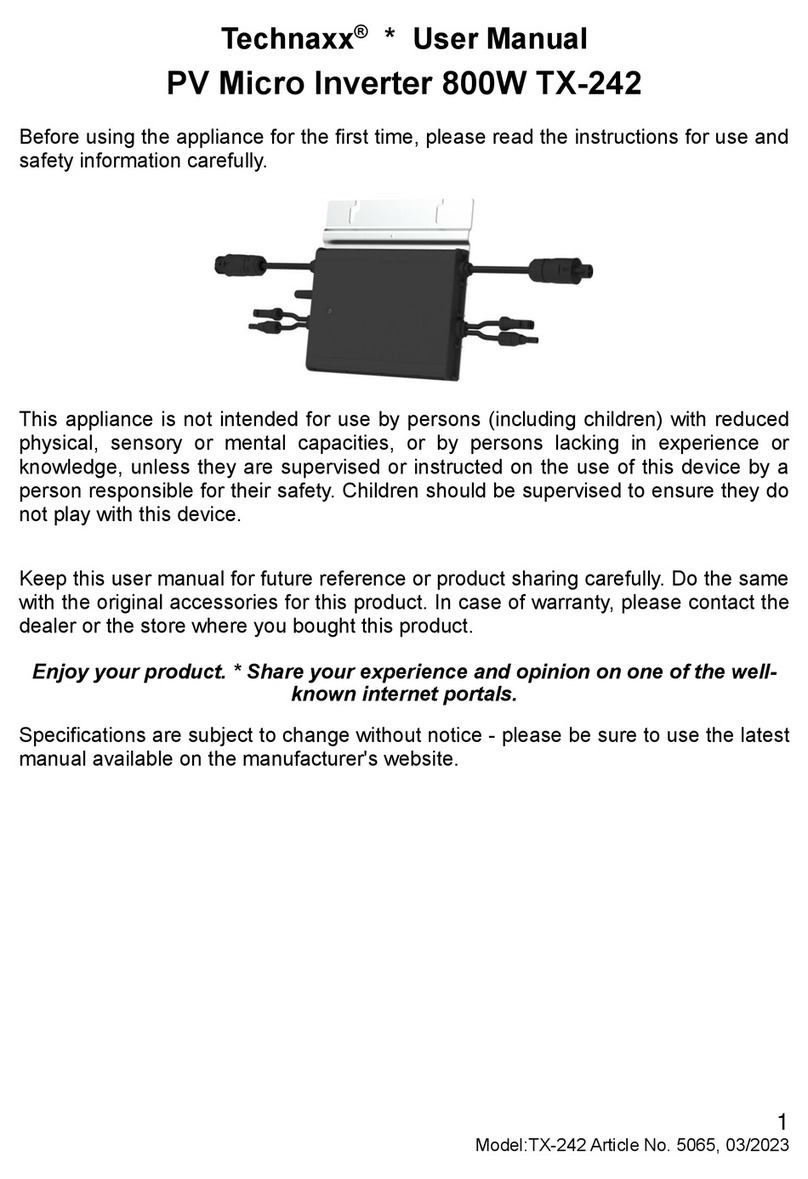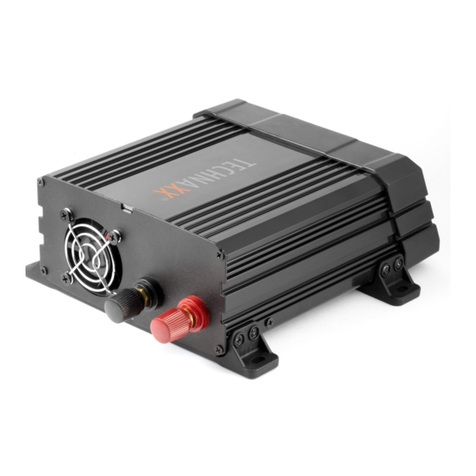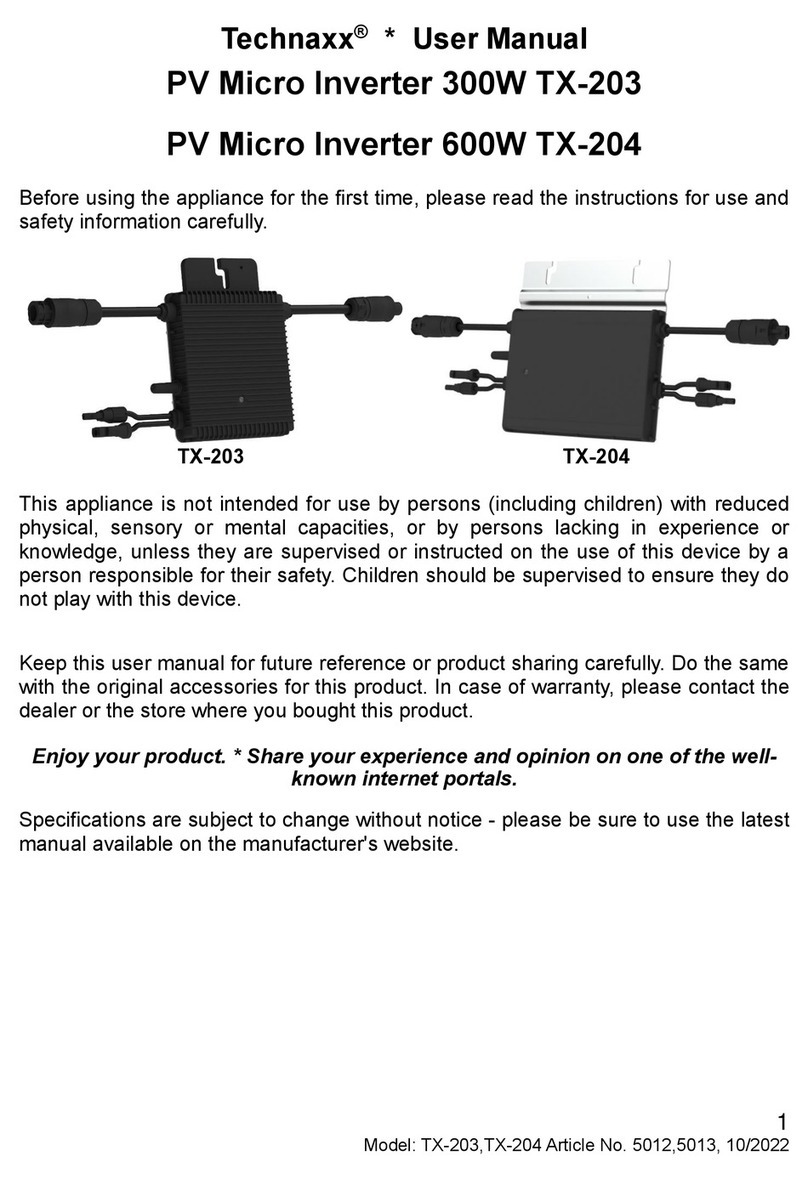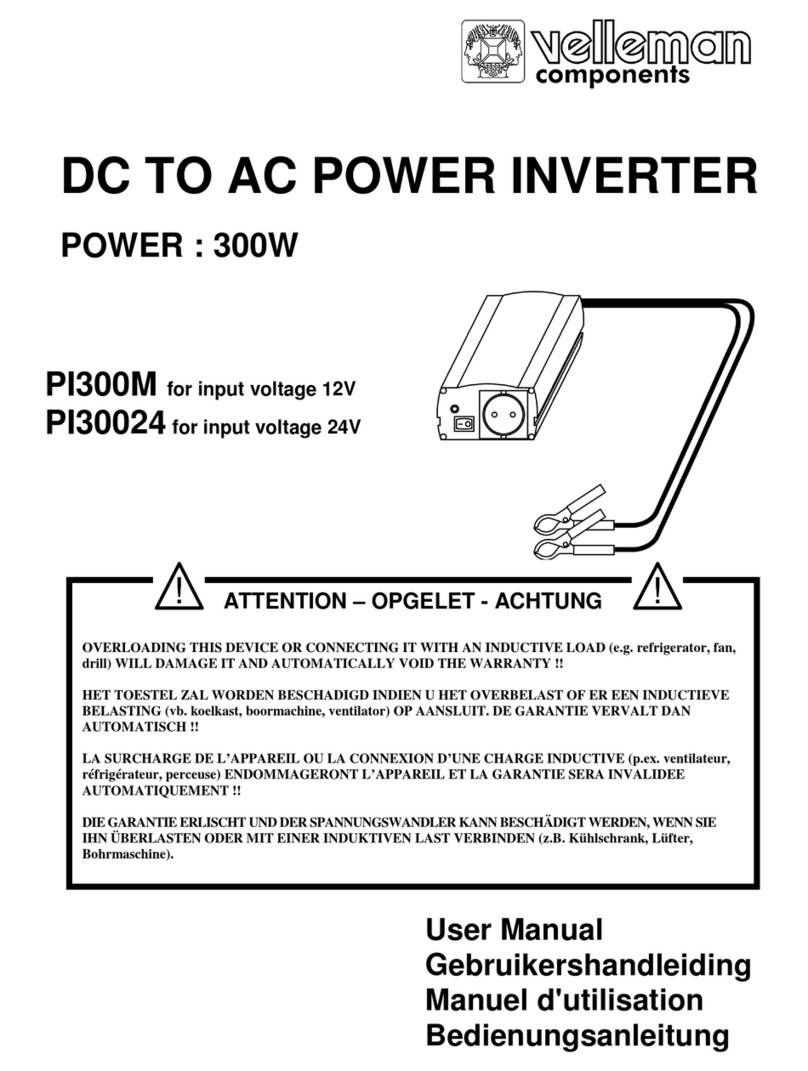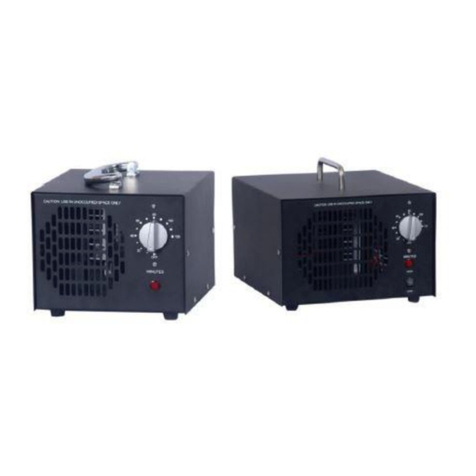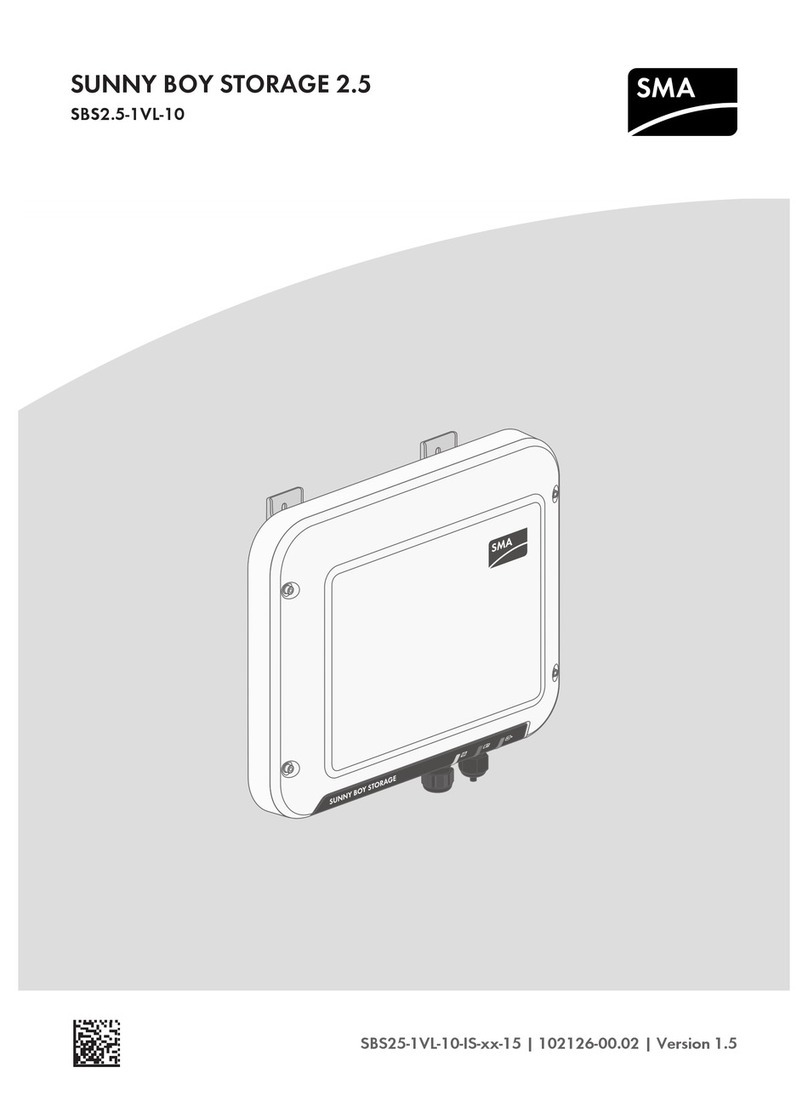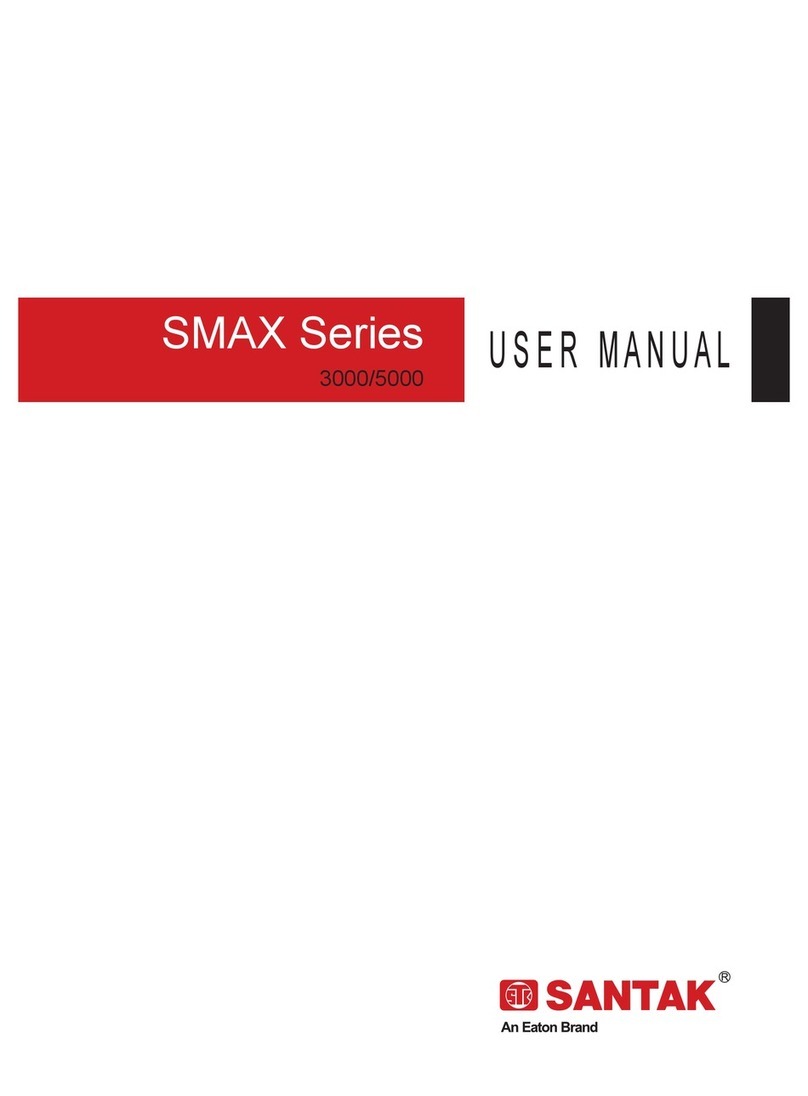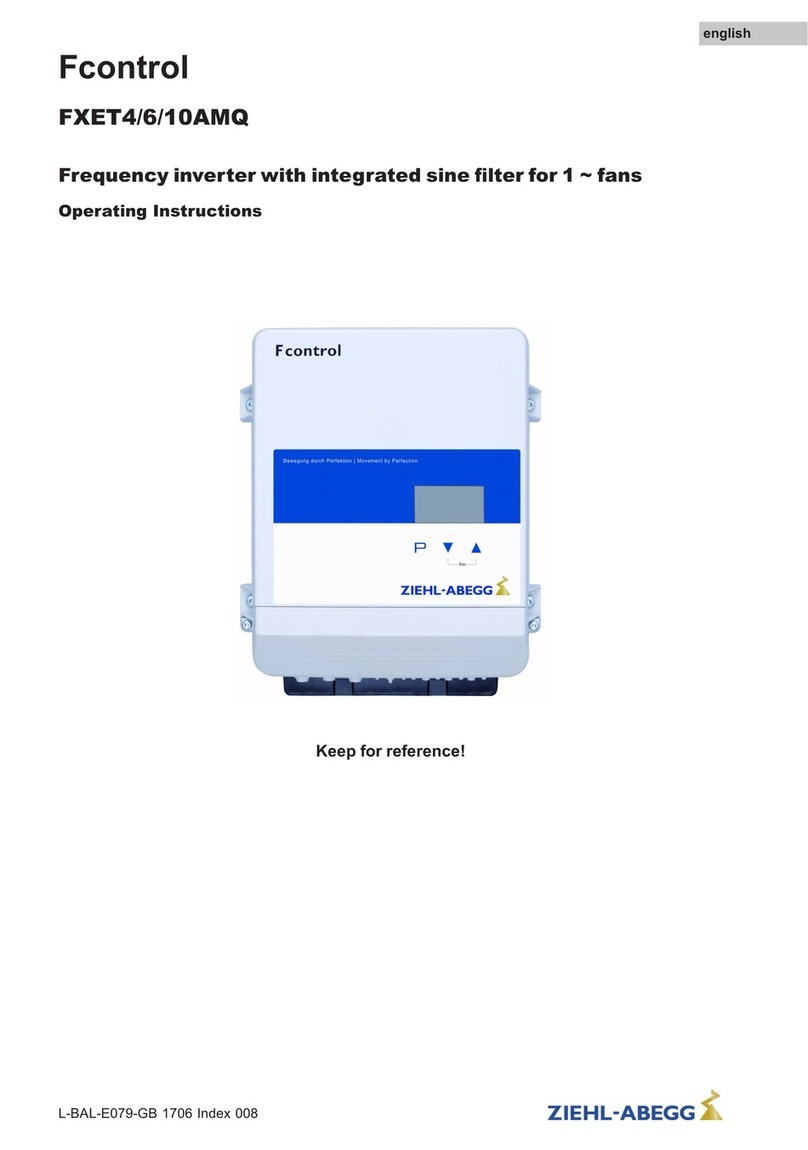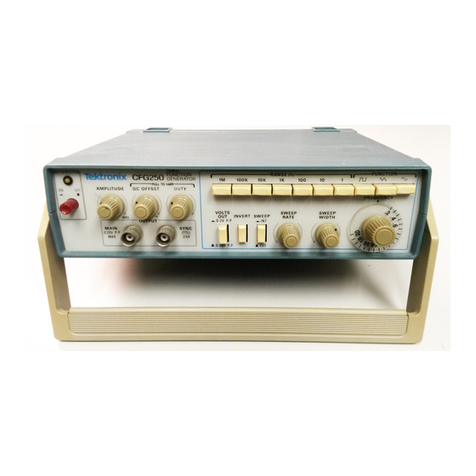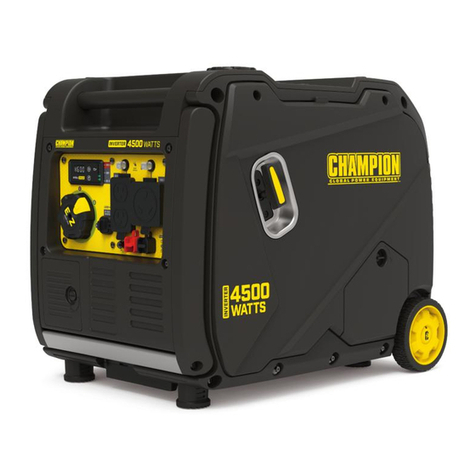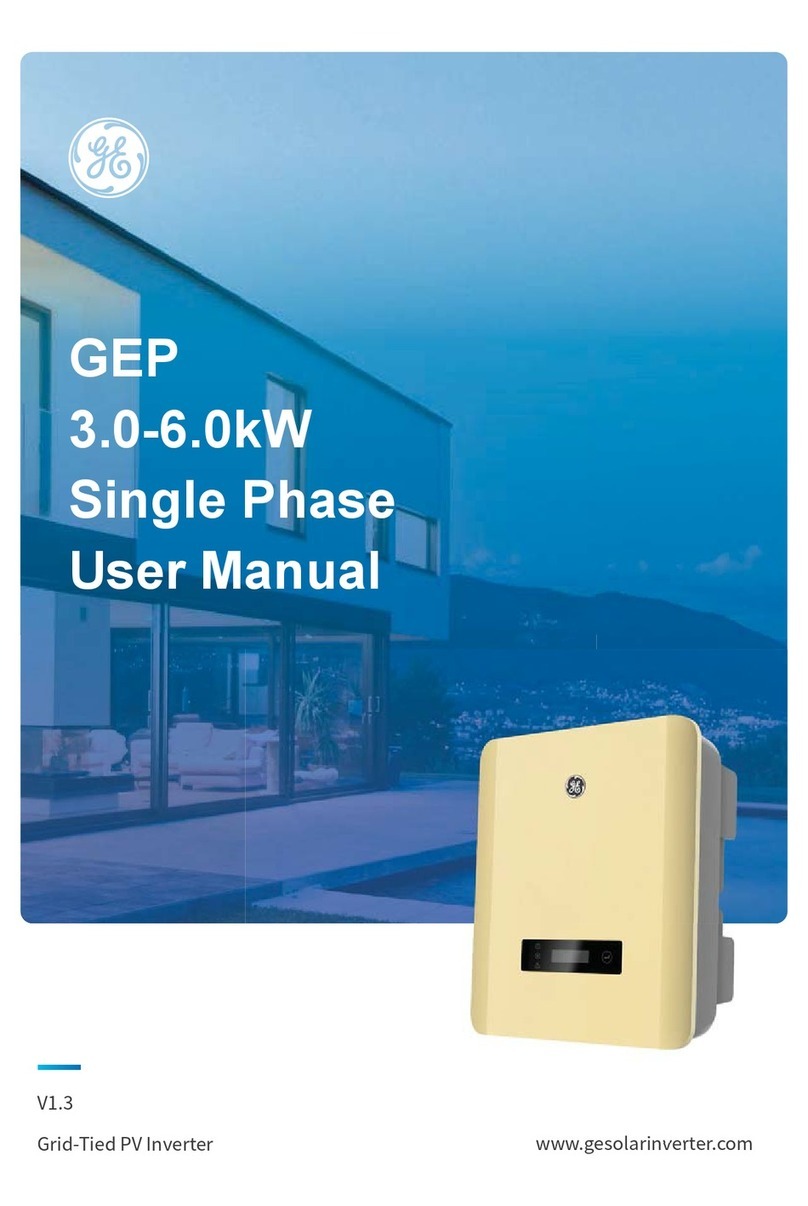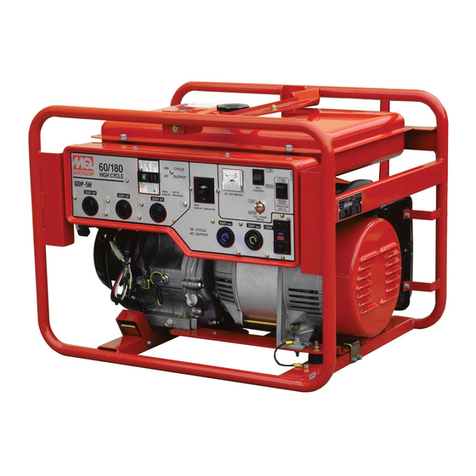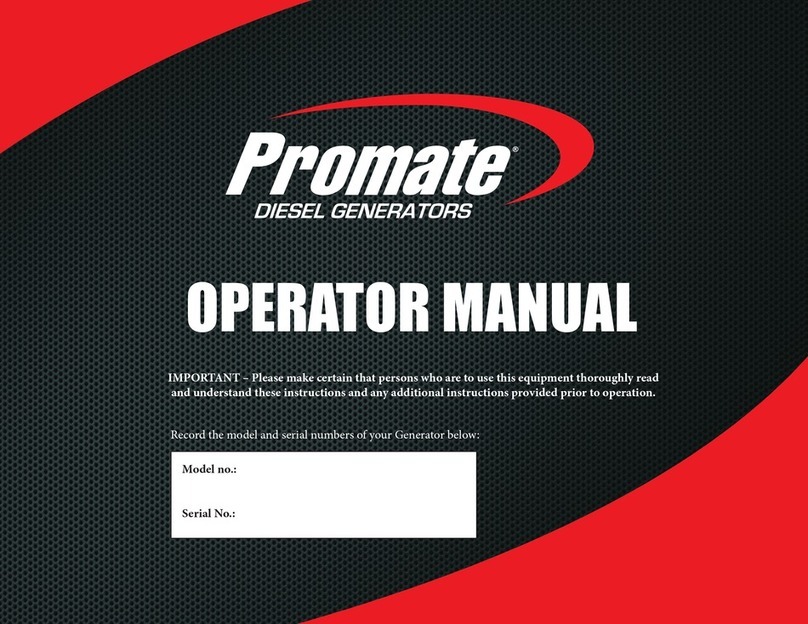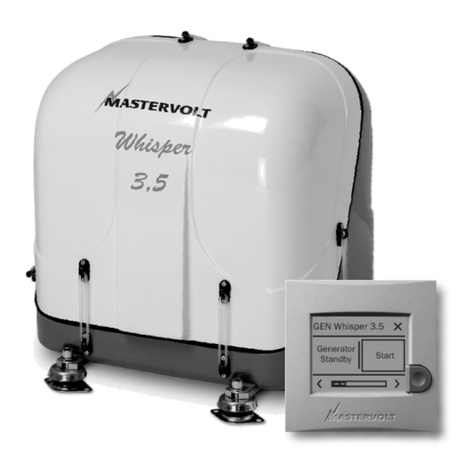2
Model: TX-214,TX-215; Article No. 5023,5024; 10/2022
Table of Contents
Important notes at the start ................3
Safety instructions..........................3
Intended use ..................................4
Disclaimer ......................................4
Features ............................................5
Product details...................................6
Package content:............................6
Product variants: ............................6
Prduct overview..............................6
Commissioning ..................................7
Positioning......................................7
Use.................................................7
Solar panel.........................................7
TX-214 ...........................................7
TX-215 ...........................................7
Charge controller ...............................8
Recommendations for Safe Use.....8
System Wiring ................................8
Button Functions ............................8
Display Interface/Parameter Settings
.......................................................9
System voltage type selection
interface......................................9
Battery type settings ...................9
Load operating mode adjustment
interface ......................................9
Display current controller
temperature...............................10
Display the charge current.........10
Display the load current.............10
Boost charge voltage.................10
Over discharge recovery voltage
..................................................10
Over discharge voltage .............11
Light control ON/OFF threshold.11
Light control ON/OFF delay
threshold ...................................11
Short-circuit protection setting ...11
PWM charge settings ( ..............11
Load light control mode settings 12
Charge and Discharge Parameters ..12
Error Code ....................................13
FAQ..................................................14
Technical specifications....................15
Support ............................................16
Care and maintenance .....................16
Declaration of Conformity.................16
Disposal ...........................................16
